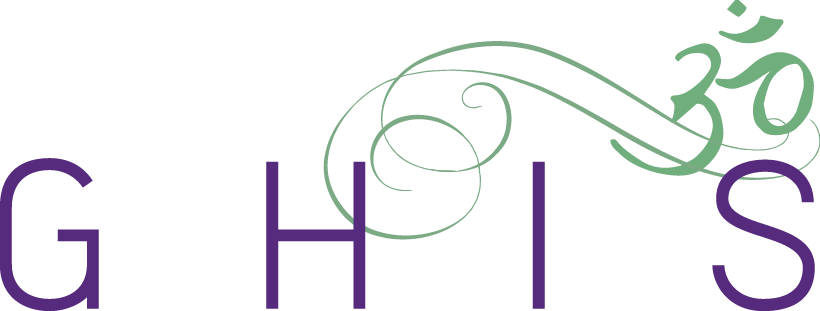integrative medicine
Traditional Chinese Medicine
“Eat not for the pleasure thou
mayest find therein
Eat to increase thy strength
Eat to preserve the life
thou has received from heaven”
– Confucius
Traditional Chinese Medicine (TCM) is a complete, integrated system of healing that is over 3,000 years old. TCM has these following components: Nutrition, Asian Medicine, exercise such as Qigong and Tai Chi, massage, Acupuncture and herbs used. There are differences in Chinese, Japanese and Korean medicine.
Basic Concepts of TCM
In TCM, the animating life force is known as Qi. Qi is both energy and matter. It warms us, protects us, and keeps all our organs healthy and functioning at optimal levels. We are born with our constitutional Qi from our parents. Throughout daily activities, we derive additional Qi from the air we breathe and the foods we eat.
The human body is vulnerable to harm from pathogenic factors that exist both inside and outside the body. These forces are various external elements in the universe that affect and influence of sense of well-being. The external elements are Heat, Wind, Cold, Dampness, and Dryness. The imbalances in Heat, Cold, the various forces of Heat, Wind, Cold, Dampness and Dryness is further divided into damp heat, solid heat, hollow heat, hollow cold and variations go on.
Good health exists when Qi is flowing smoothly and the body is able to cast off or adapt to pathogenic factors. Based on TCM principles, illness arises from any disruption of this balance. The balance of the various elements in the human body are affected by many factors including emotions, diet, sexual activity, physical exercise, trauma and germs and other pathogens. Emotions are believed to play a key factor in disease progression. The various organs are affected by emotions. In TCM, there is no difference in mind and body as each affects the others.
The four key components that influence health
|
Representation of seasons |
Climatic influences |
|
Emotional influences |
Inter-organ relationship between emotions and organs affected |
Methods of Diagnosis
In addition to the usual diagnosis of physical symptoms, there may be specific questions. The questions involve your hearing, vision, headaches, muscle and joint problems, coughing, thirst, appetite, digestion, defecation, urination, sleep, menstruation and pregnancy. The practitioner also feels your pulse on both hands. Three fingers (index, middle and ring) are placed at the wrist of each hand to check for imbalance in heart, liver, kidney yin (left hand), lungs, kidney yang (right hand) and spleen.
The practitioner observes your tongue, face and body. In tongue diagnosis the shape, color, and coating is noted. A tongue diagnosis provides a clear picture of pathological changes of internal organs. The tip of the tongue is the heart, followed by the lungs. On either side is the liver, the spleen in the center and kidneys at the back. For boosting immune system, it is important to strengthen spleen and lungs
Treatment
Auriculotherapy: acupuncture of the ears. There are an estimated 57 acupuncture points in the ear. Ear piercing has it therapeutic effect of improving vision as the acupuncture point for the eyes are at the bottom of the ear lobe. It is recommended to pierce both ears not one. With various body piercing it believed that piercing, certain points do act as a “leaky” energy point.
Acupuncture: There are 12 master meridian points and 8 minor. There are 365acupuncture points. In Chinese, Japanese and Korean acupuncture, the angle of insertion, gauge of needle used differs. Qi is manipulated by insertion of needles at the meridians. All Acupuncture needles used must be disposable. Electro-acupuncture is the mild electrical stimulation of acupuncture points with or without needles. Acupressure is the pressing of fingers on acupuncture points. It is used in place of needles for people who are very weak or overly sensitive to needles.
Moxibustion: This involves burning a small cone of moxa (dried mugwort leaves) on the handle of an inserted needle or on a slice of ginger that rest on the skin. This brings warmth into the body and increases local circulation.
Cupping: (using glass or bamboo cups to create suction) and plum-blossom (tapping the skin with a tiny sharp hammer) are methods of withdrawing Heat and Wind from inside the body to the surface.
Massage (Tuina, Shiatsu, and other traditional forms) can release muscular tension and promote relaxation.
Effects of Acupuncture on Immune function
- bacteriocidal
- decrease fever response
- increase antibody production
- increase resistance to inflammation
- stimulate phagocytic production
- normalize T/BV lymphocytes
- modulated function of neutrophils and macrophages
- activation of interferon, interleukin, platelets, lymphokines
In some instances, pills or herbs are prescribed along with acupuncture. Herbs are more potent than the pills. If you are prescribed herbs and are taking prescription medications, inform the pharmacist and TCM provider and the physician of the various medication you are taking to avoid any potential drug interactions. For Acupuncture, it is recommended to see a certified Acupuncturist who has had authentic acupuncture training.
For further information and to plan a training session,
please complete GHIS consultation and training request form.

